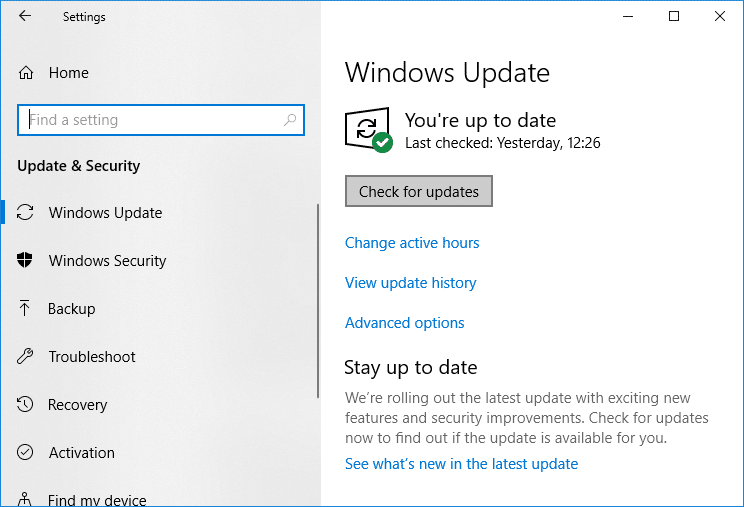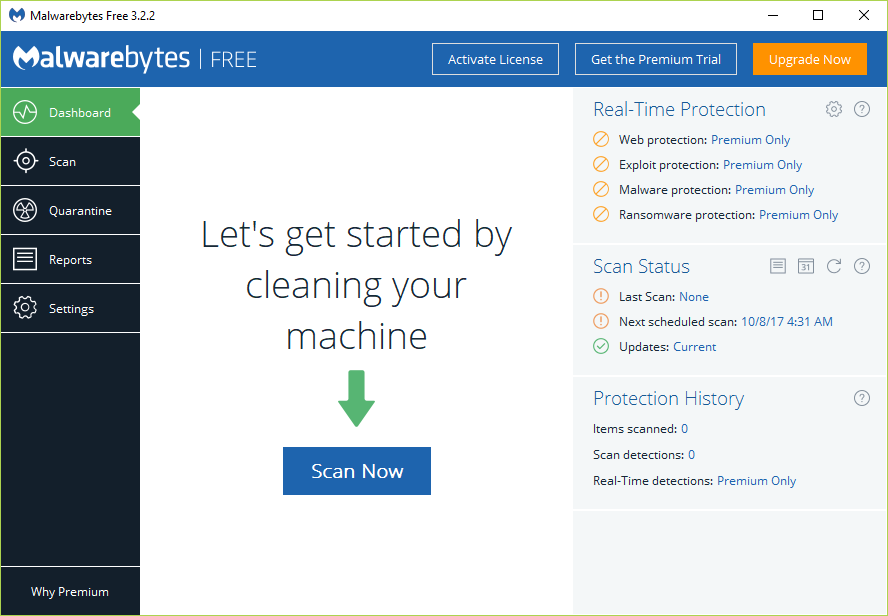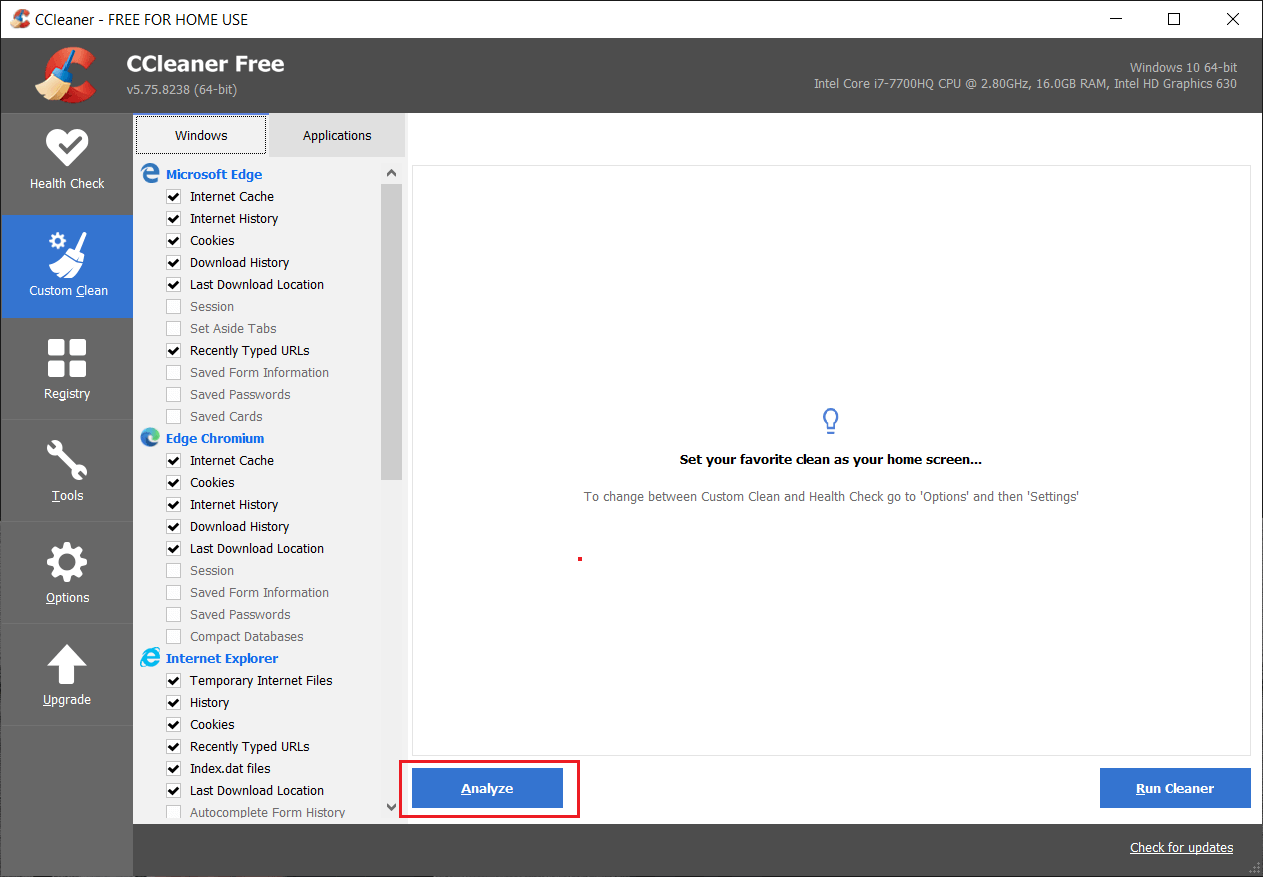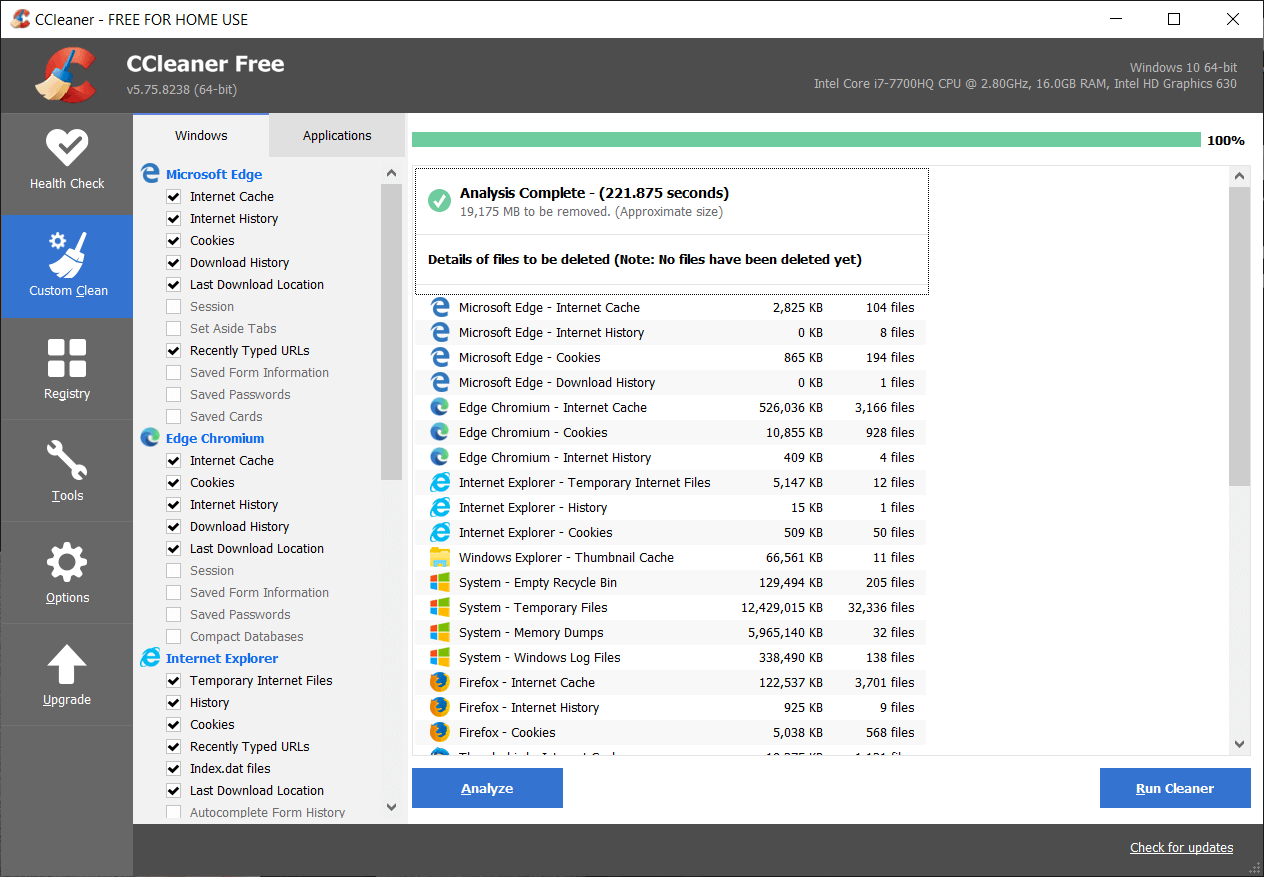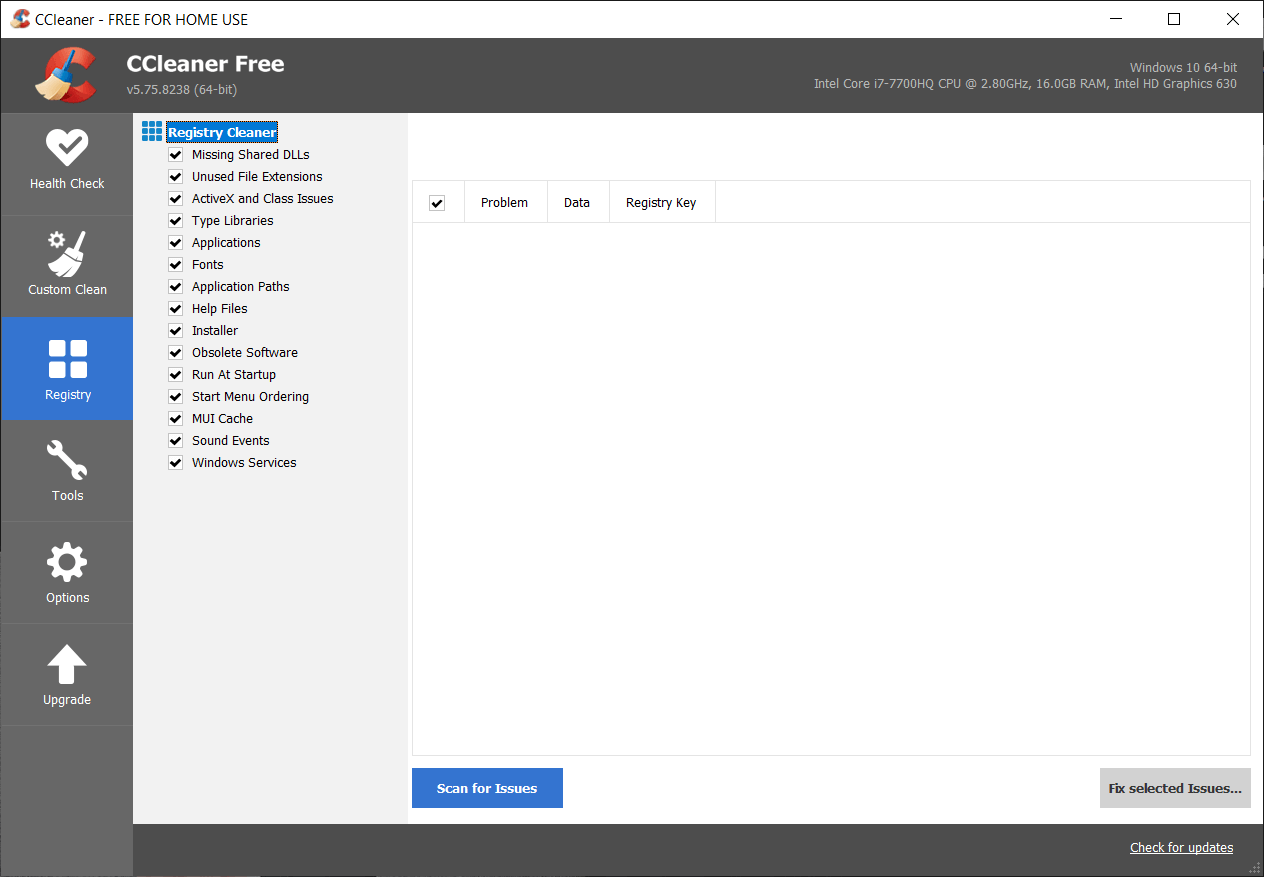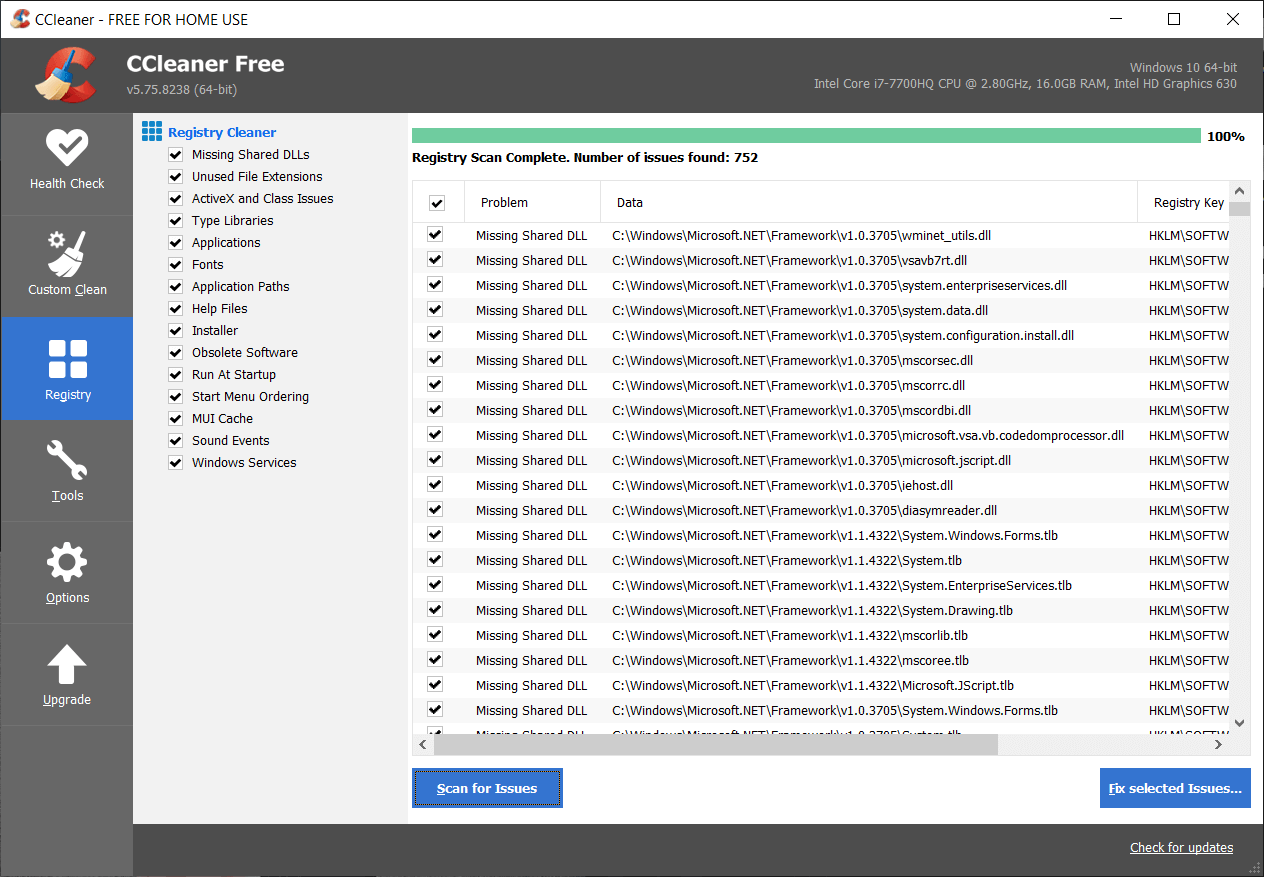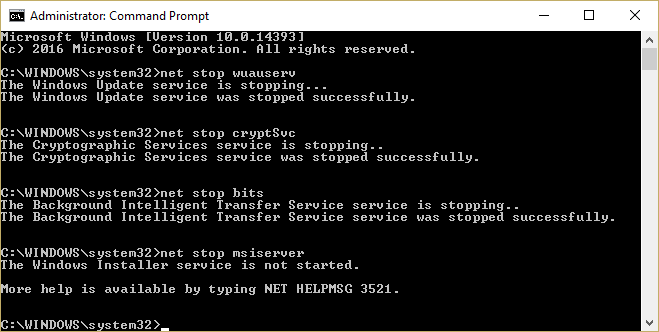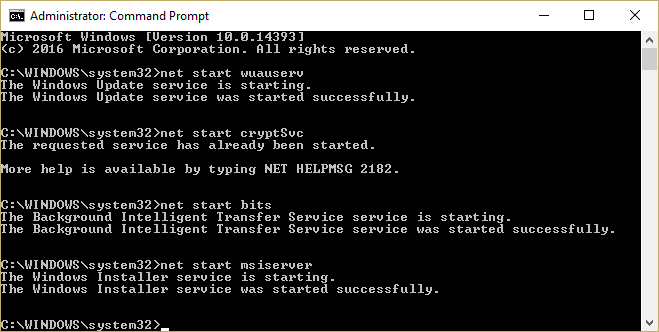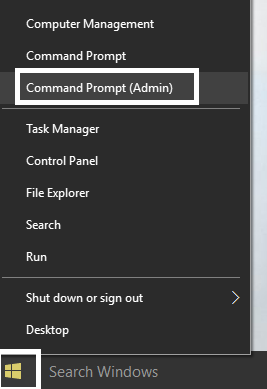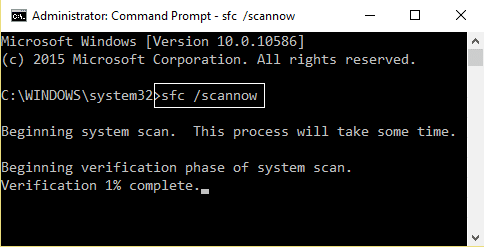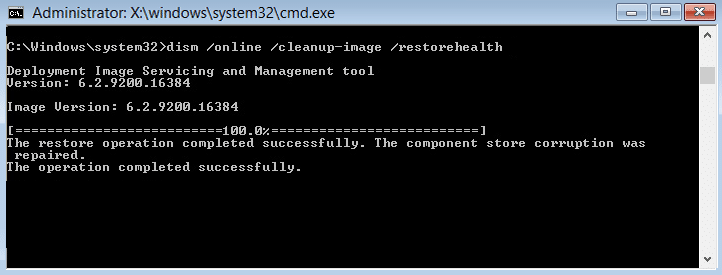Now the users don’t have any other option other than rebooting their PC to fix this issue, but it seems like the issue again comes after the reboot. So without wasting any time let’s see how to actually Fix High CPU Usage By TiWorker.exe with the below-listed troubleshooting guide.
8 Ways to Fix High CPU Usage By TiWorker.exe
Make sure to create a restore point just in case something goes wrong.
8 Ways to Fix High CPU Usage By TiWorker.exe Method 1: Run System and Maintenance Troubleshooter Method 2: Check for updates Manually Method 3: Perform a Clean Boot Method 4: Run CCleaner and Malwarebytes Method 5: Rename the SoftwareDistribution folder Method 6: Run System File Checker (SFC) and Check Disk (CHKDSK) Method 7: FIX Windows corruption errors with DISM tool Method 8: Decrease TiWorker.exe process priority
Method 1: Run System and Maintenance Troubleshooter
Press Windows Key + X and click on Control Panel.
Search Troubleshoot and click on Troubleshooting.
Next, click on view all in the left pane.
Click and run the Troubleshooter for System Maintenance.
The Troubleshooter may be able to Fix High CPU Usage By TiWorker.exe in Windows 10.
Method 2: Check for updates Manually
Press Windows Key + I then select Update & Security.
Next, click Check for updates and make sure to install any pending updates.
After the updates are installed, reboot your PC to Fix High CPU Usage By TiWorker.exe.
Method 3: Perform a Clean Boot
Sometimes 3rd party software can conflict with System and therefore cause High CPU Usage By TiWorker.exe. To fix this issue, you need to perform a clean boot in your PC and diagnose the issue step by step.
Method 4: Run CCleaner and Malwarebytes
Download and install CCleaner & Malwarebytes. 2. Run Malwarebytes and let it scan your system for harmful files. If malware is found, it will automatically remove them.
Now run CCleaner and select Custom Clean.
Under Custom Clean, select the Windows tab and checkmark defaults and click Analyze.
5. Once Analyze is complete, make sure you’re certain to remove the files to be deleted.
Finally, click on the Run Cleaner button and let CCleaner run its course.
To further clean your system, select the Registry tab, and ensure the following are checked:
Click on the Scan for Issues button and allow CCleaner to scan, then click on the Fix Selected Issues button.
When CCleaner asks “Do you want backup changes to the registry?” select Yes.
Once your backup has completed, click on the Fix All Selected Issues button.
Restart your PC to save changes.
Method 5: Rename the SoftwareDistribution folder
Press Windows Key + X then select Command Prompt (Admin).
Now type the following commands to stop Windows Update Services and then hit Enter after each one: net stop wuauserv net stop cryptSvc net stop bits net stop msiserver
Next, type the following command to rename SoftwareDistribution Folder and then hit Enter: ren C:\Windows\SoftwareDistribution SoftwareDistribution.old ren C:\Windows\System32\catroot2 catroot2.old
Finally, type the following command to start Windows Update Services and hit Enter after each one: net start wuauserv net start cryptSvc net start bits net start msiserver
Reboot your PC to save changes.
Press Windows Key + I then select Update & Security.
Next, again click Check for updates and make sure to install any pending updates.
After the updates are installed reboot your PC.
Method 6: Run System File Checker (SFC) and Check Disk (CHKDSK)
Press Windows Key + X then click on Command Prompt (Admin).
Now type the following in the cmd and hit enter:
Wait for the above process to finish and once done restart your PC.
Next, run CHKDSK to Fix File System Errors.
Let the above process complete and again reboot your PC to save changes.
Method 7: FIX Windows corruption errors with DISM tool
Press Windows Key + X and select Command Prompt(Admin).
Type the following command in cmd and hit enter after each one:
Let the DISM command run and wait for it to finish.
If the above command doesn’t work, then try on the below: Note: Replace the C:\RepairSource\Windows with your repair source (Windows Installation or Recovery Disc).
Reboot your PC to save changes.
Method 8: Decrease TiWorker.exe process priority
Press Ctrl + SHIFT + Esc together to open Task Manager.
Switch to Details tab and then Right-click on the TiWorker.exe process and select Set Priority > Low.
Reboot your PC to save changes. Recommended:
Enable or Disable Thumbnail Previews in Windows 10 10 ways to fix A disk read error occurred Fix Non-System Disk or Disk Error Message Fix High CPU Usage by RuntimeBroker.exe
That’s it you have successfully Fix High CPU Usage By TiWorker.exe but if you still have any questions regarding this post then feel free to ask them in the comment’s section.



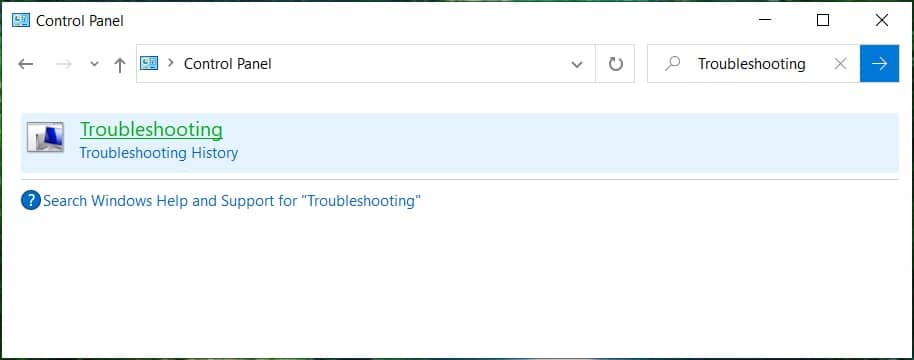

![]()
